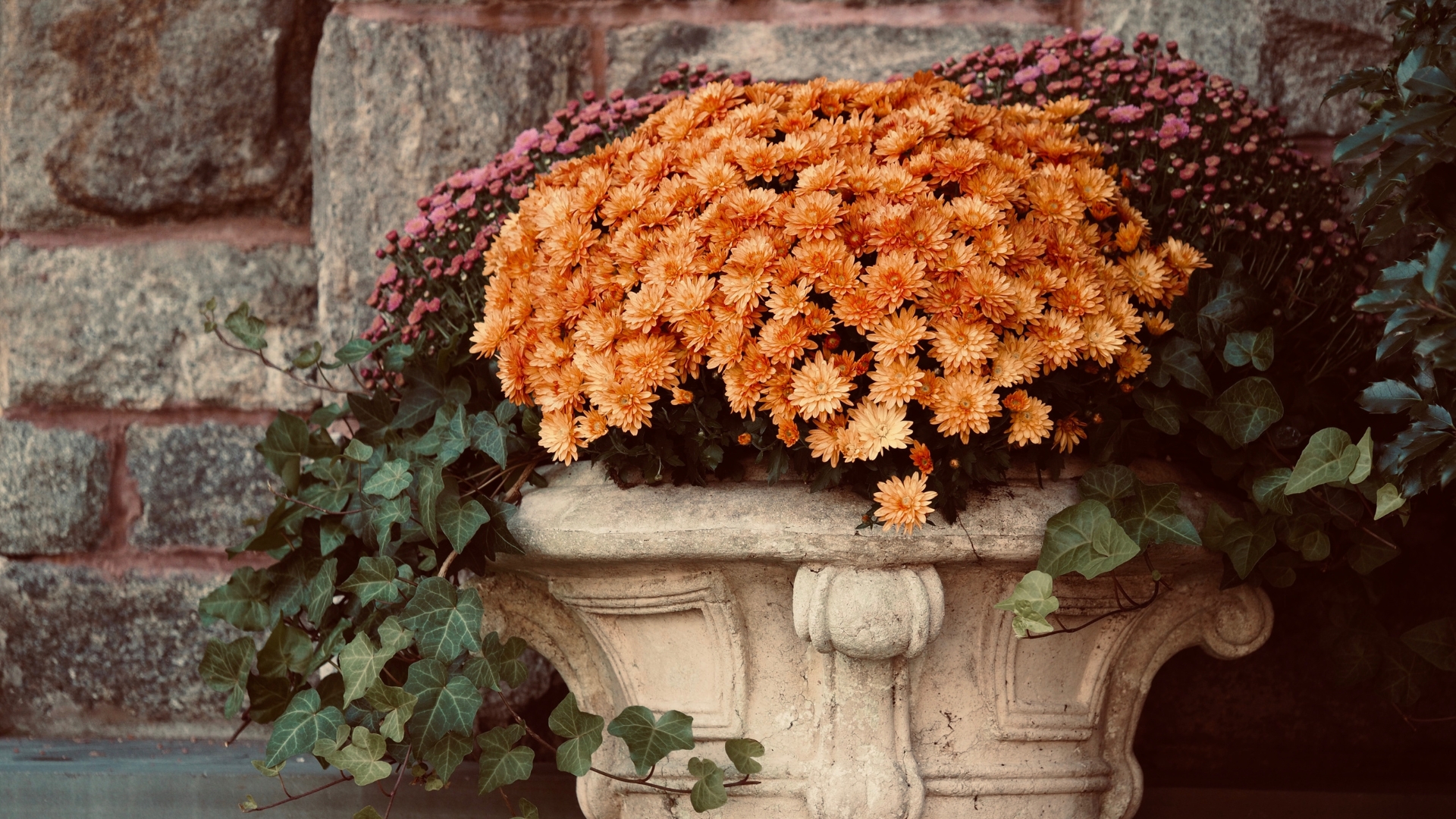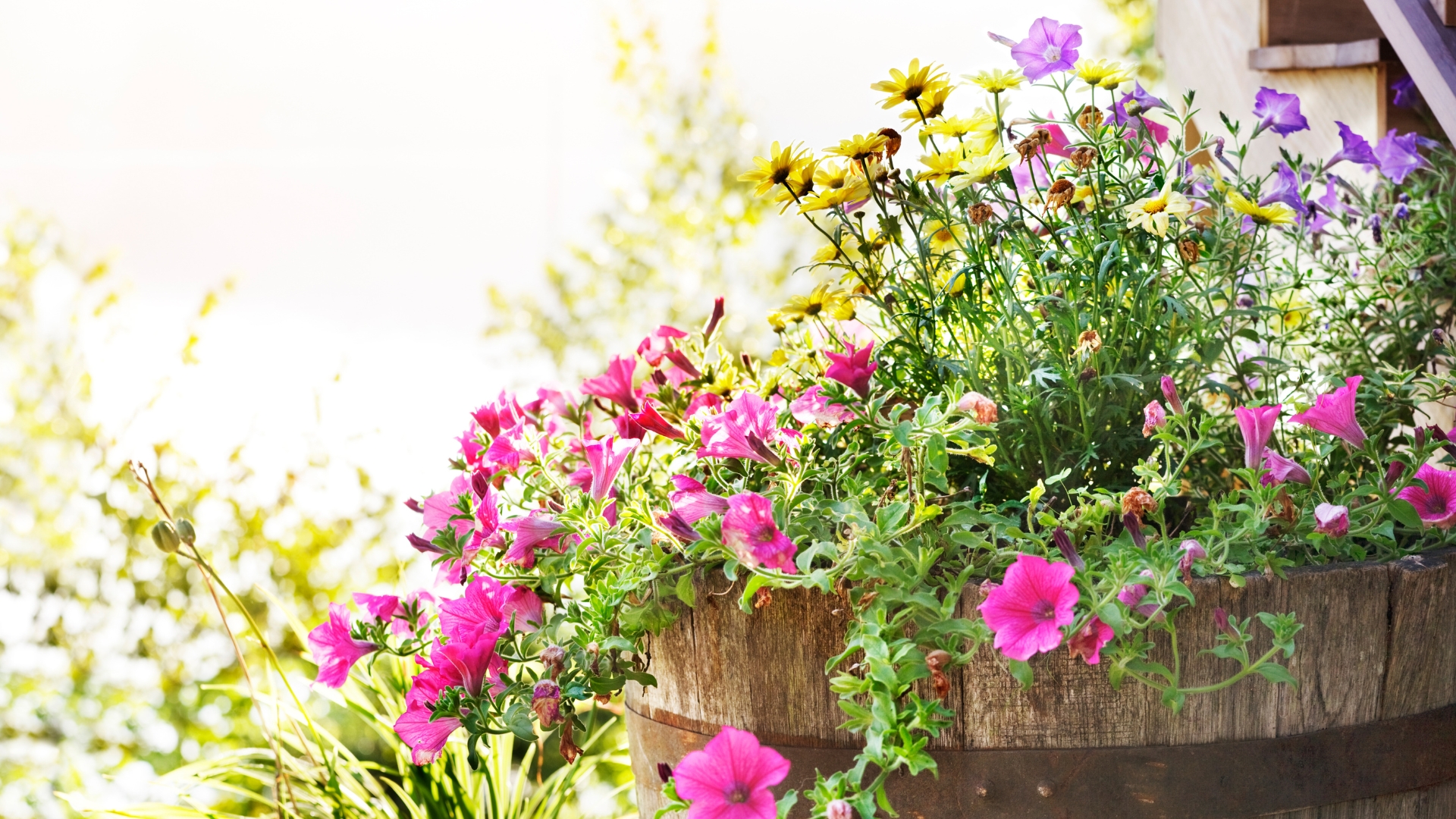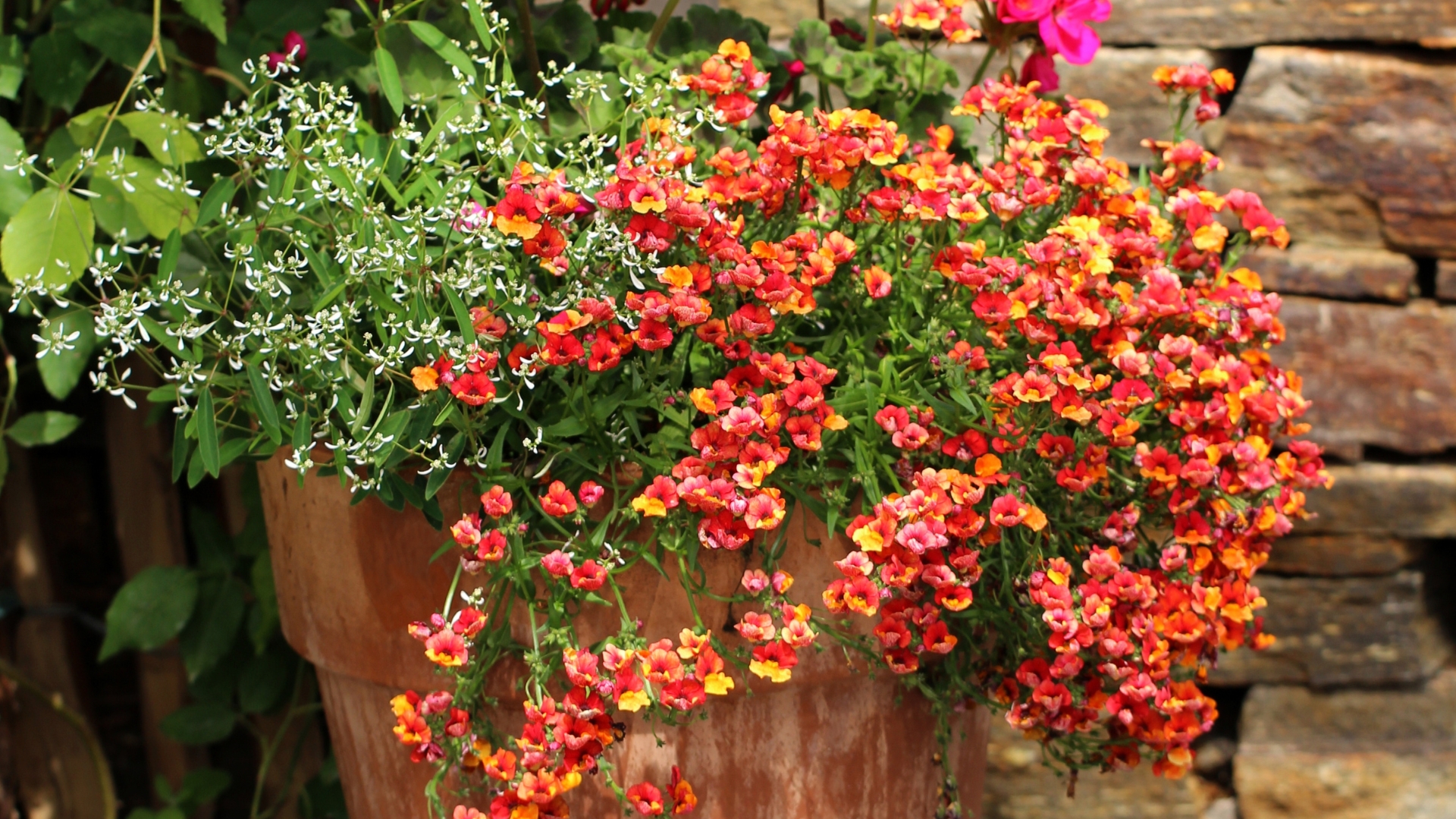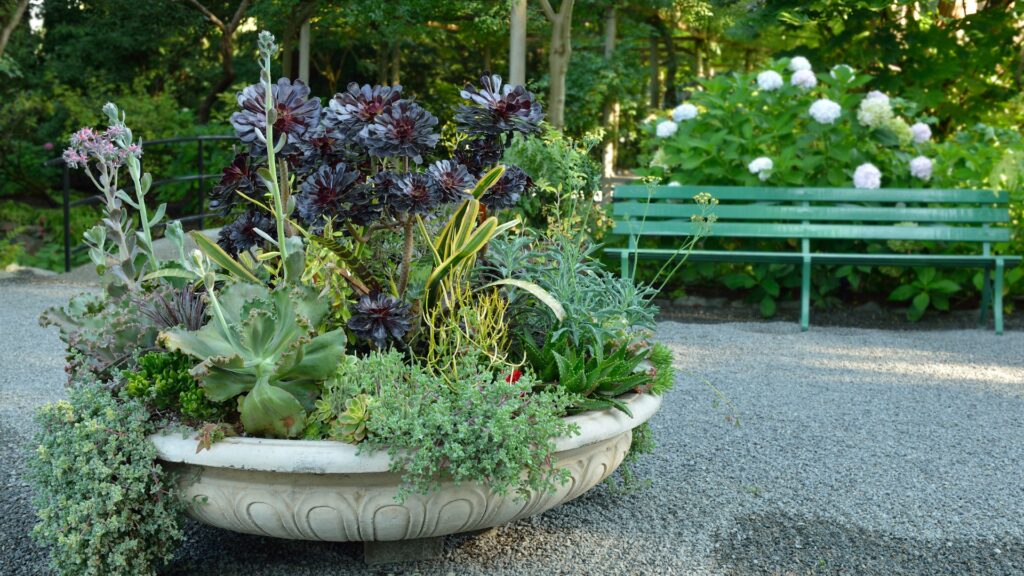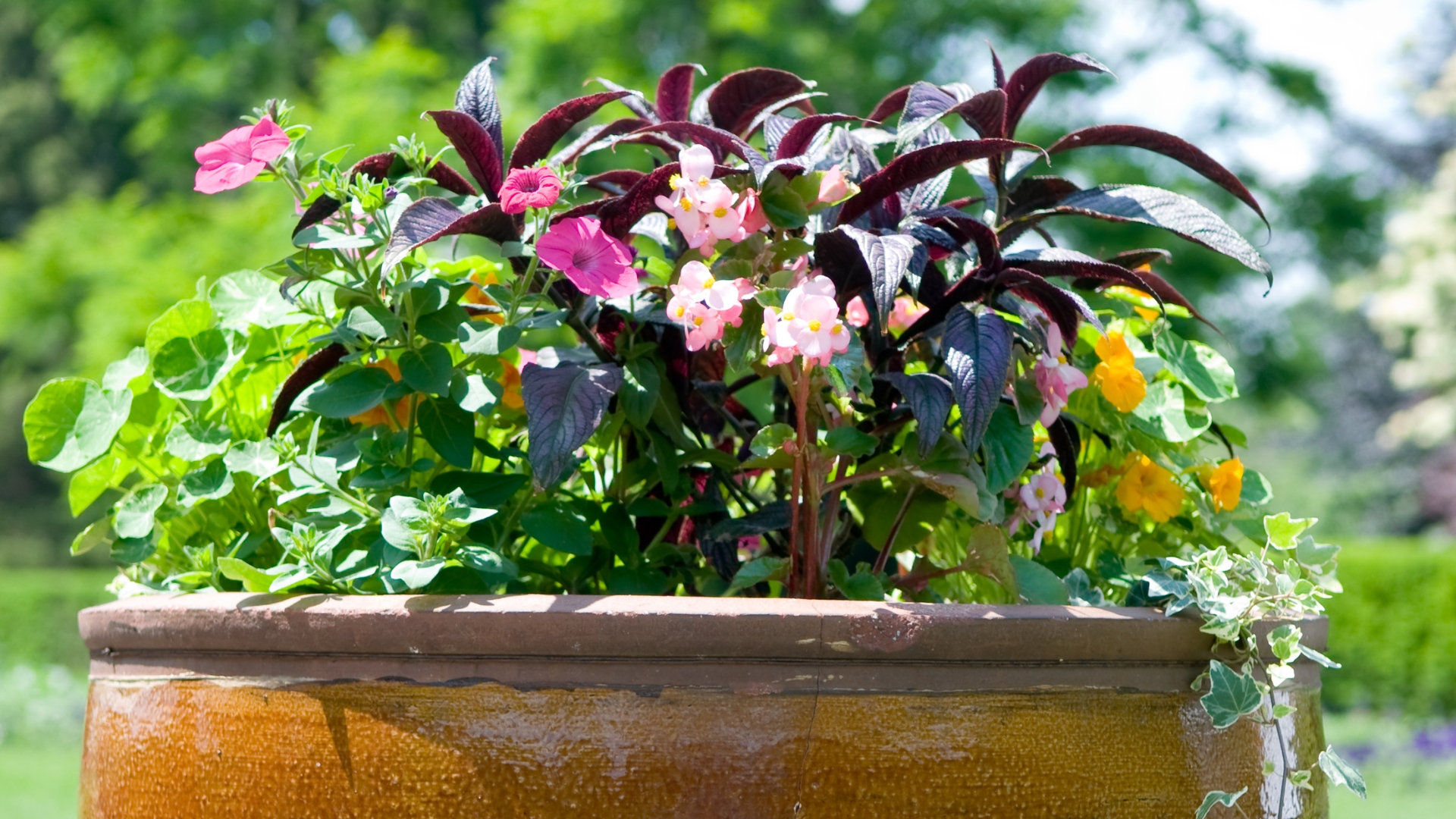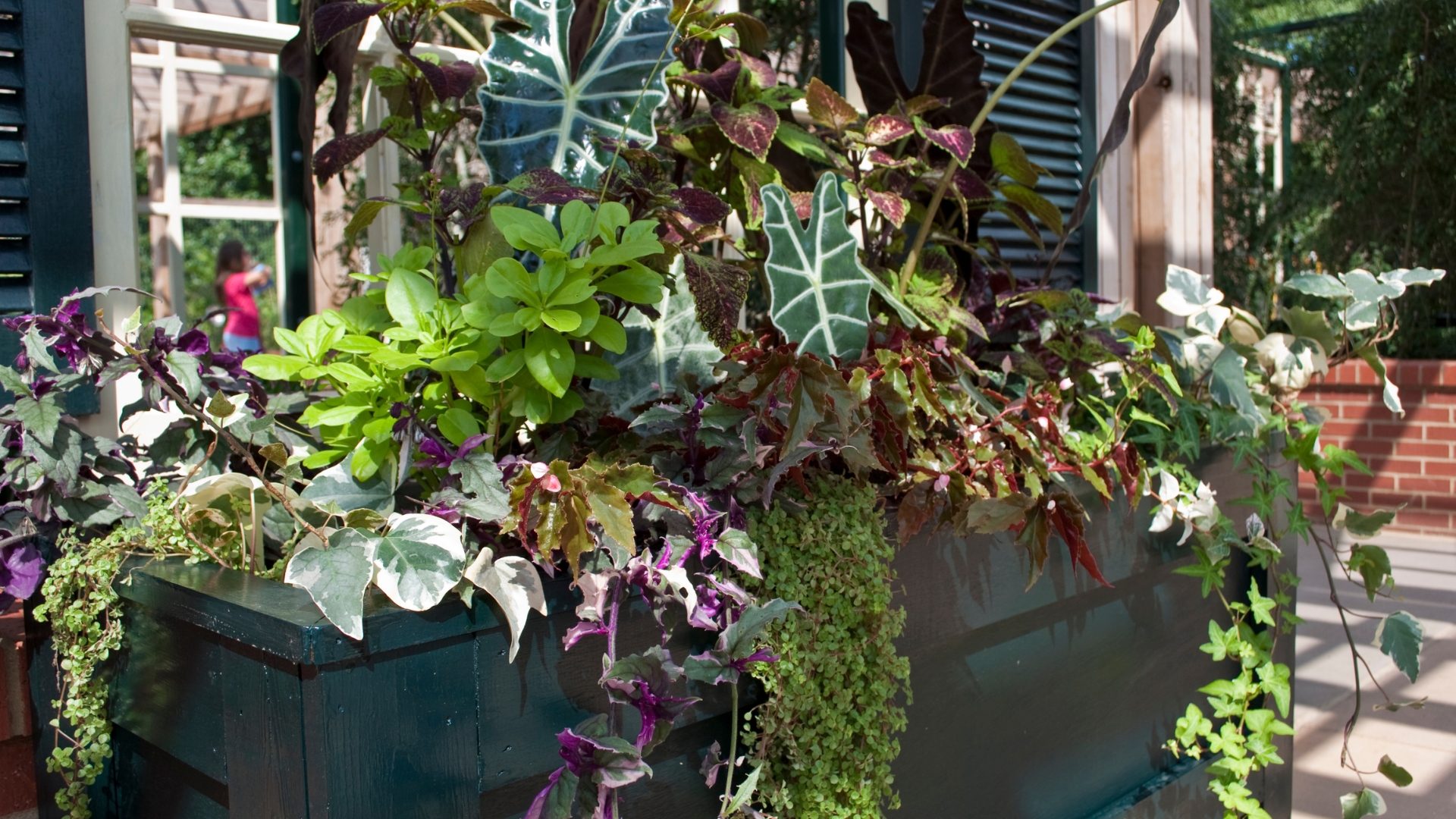Filling large planters used to feel like a guessing game I could never win. I’d pile in the soil, only to dig holes too deep, leaving my plants buried like hidden treasure.
Other times, I’d come up short, with roots sticking out like a bad haircut. No matter how I tried, something always went sideways!
Then, I found a simple trick that took the stress out of filling big pots. If you’ve battled the same frustrations, this game-changer is just what you need!
The Trick Revealed!
Let’s get to work! Instead of using bag after bag of soil, fill the bottom of your planter with lightweight materials like empty plastic bottles, foam packing peanuts (non-biodegradable ones), or even inverted nursery pots.
This not only cuts down on the amount of soil needed but also keeps the planter from becoming too heavy to move.
To keep things tidy, place a layer of landscape fabric on top of the filler before adding soil.
This prevents dirt from sinking into the gaps while still allowing proper drainage. With this method, you get a planter that’s lighter, well-draining, and just as effective for healthy plant growth – without wasting unnecessary soil.
For the best results, follow the “thrill, fill, spill” technique when planting.
Choose a tall, statement plant for height, a bushy mid-sized plant to add fullness, and a trailing variety to spill over the edges for a professional, balanced look.
Here Are The Benefits Of This Brilliant Method
This method isn’t just easy – it’s a game-changer for gardening. By using lightweight fillers like plastic bottles or foam peanuts, you save money on soil while improving drainage.
No more wasting potting mix in deep planters where roots don’t reach! Plus, it reduces waste by repurposing materials that would otherwise be tossed.
Beyond savings, this trick keeps planters lighter and easier to move, making seasonal swaps a breeze.
It also prevents soggy roots and improper planting depth, giving plants the perfect environment to thrive.
Whether you want healthier plants, a more flexible setup, or a budget-friendly solution, this method delivers on all fronts!
The Best Plants For Large Planters
Over the years, I’ve experimented with all kinds of plants in large planters, and a few stand out as absolute winners.
Tall, statement plants like ornamental grasses, cannas, and dwarf citrus trees instantly create height and drama.
They thrive in spacious pots, making them perfect for adding structure to patios or entryways. For a full, lush look, bushy fillers like coleus, begonias, and petunias work beautifully, bringing vibrant color and texture that lasts all season.
Of course, no planter feels complete without a little spillover. Trailing plants like sweet potato vine, creeping Jenny, and wave petunias add the perfect finishing touch, cascading over the edges for a polished, professional look.
I’ve found that combining a tall thriller, a bushy filler, and a trailing spiller always creates a balanced, eye-catching arrangement.
What to Avoid When Filling Large Planters
Not all fillers are created equal, and some can cause more harm than good. I’ve learned to avoid heavy materials like rocks, bricks, or gravel at the bottom of planters.
While it seems like they’d improve drainage, they actually do the opposite – trapping water and leading to root rot. The same goes for biodegradable fillers like cardboard or wood scraps, which break down over time and create unstable soil levels.
Another mistake? Using too little soil. If the root system doesn’t have enough depth, plants struggle to anchor and absorb nutrients properly.
You should also stay away from cheap, moisture-retaining potting mixes that hold too much water, creating a soggy, compacted mess.
The key to success is lightweight, non-biodegradable fillers, high-quality soil, and proper drainage – keeping plants healthy and planters easy to manage!
Give Your Large Planters the Perfect Finishing Touch
Once your planter is filled the right way, a few final touches can take it to the next level. A top layer of mulch, such as bark chips or decorative stones, helps retain moisture and keeps soil from drying out too quickly.
Adding a slow-release fertilizer ensures plants stay well-fed throughout the season without constant upkeep.
If mobility is a concern, placing the planter on a rolling stand makes repositioning a breeze. With these simple extras, your large planters will look stunning and stay healthy with minimal effort.
So, say goodbye to heavy, wasteful planters – once you try this, you’ll never fill a pot the old way again!

